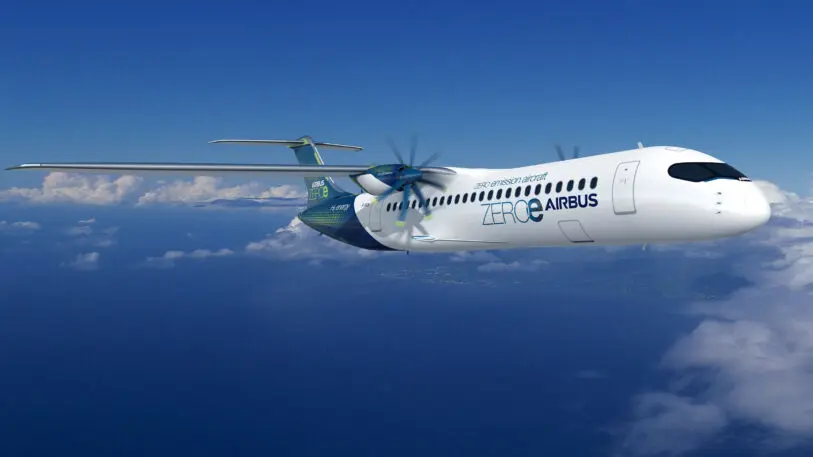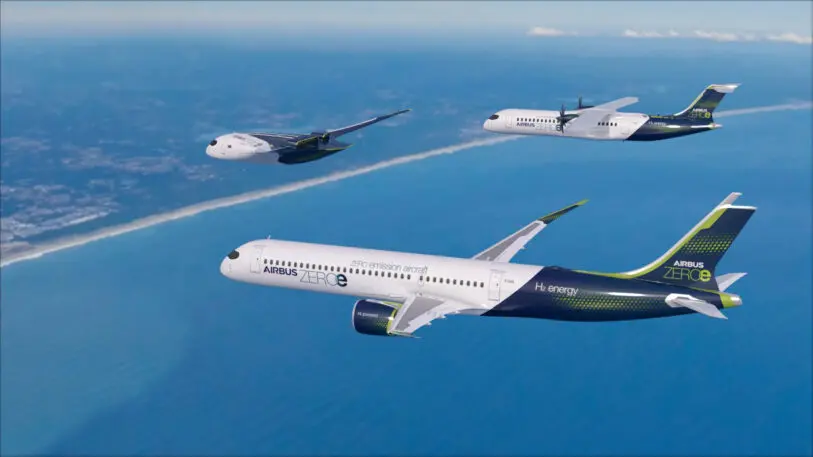Air travel is a major contributor to global warming, and emissions from the industry are growing at an alarming rate. It’s become abundantly clear that something drastic needs to be done to make plans more sustainable.
Airbus is trying to do something about that. The airline has plans to introduce planes that are free of carbon emissions in 2035, the year one study calls the “point of no return” to address global warming. The zero emission aircraft would be powered by hydrogen, which emits water rather than carbon dioxide into the atmosphere when burned.
In recent years, some airlines have made efforts to become more sustainable through carbon offsets and increased fuel efficiency, but when it comes to relative size and impact, those efforts are a drop in the bucket, especially considering that demand for air travel is expected to grow. Airbus itself has 12,000 airliners in operation—and it expects global air passenger traffic to double by the 2030s.

Simpson says the airplanes themselves aren’t the only components that have to be redesigned in order to get this idea off the ground. There’s an entire global “ecosystem” that will have to be reimagined.

While hydrogen fuel has been around for a long time, the “technology to produce it at a large scale didn’t exist,” says Simpson, adding, that the ability to store hydrogen, “will probably be the largest challenge to overcome.” By taking this step, Airbus is acknowledging that it’s necessary to rethink existing systems “if we want to slow down global warming and have a civilization that can live for another couple hundred years,” Simpson says. “We have to take that step away from burning fuels that create carbon dioxide.” The question for the planet is whether or not the rest of the aviation industry will follow suit—and whether 2035 will be too late.
Recognize your brand’s excellence by applying to this year’s Brands That Matter Awards before the early-rate deadline, May 3.
